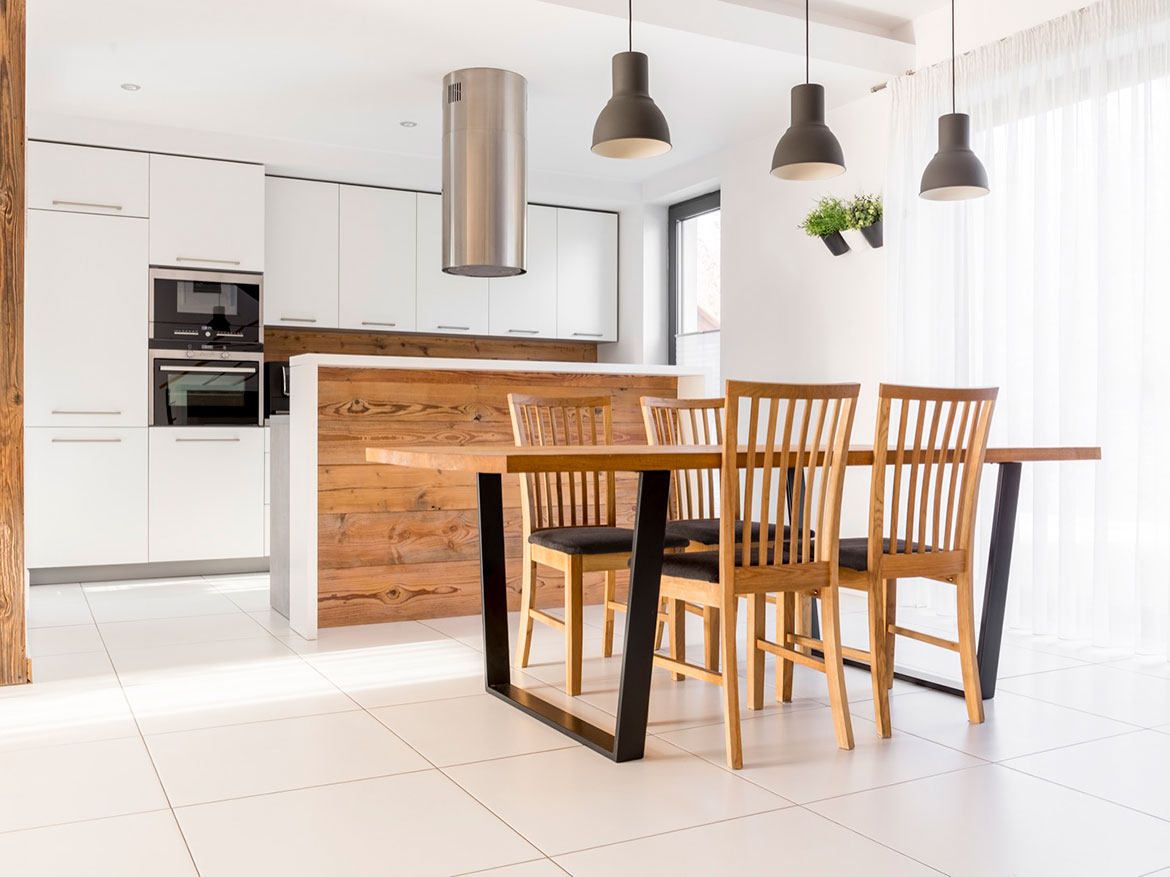
Construction With Material:
SARCO does construction with material We consider strong measurements, it plays a crucial role in the strength, durability, and sustainability of any project. Here’s a guide to the most common construction materials, their uses, and tips on how to work with them effectively:
1. Concrete
- Uses: Foundations, floors, walls, driveways, and infrastructure.
- Advantages: Strong, durable, fire-resistant, and versatile.
- Construction Tips:
- Mixing Ratio: Ensure proper water-to-cement ratio to avoid cracks or weaknesses.
- Curing: Allow adequate curing time to achieve full strength (keep moist to prevent premature drying).
- Reinforcement: Use rebar or mesh for structural integrity in load-bearing applications.
- Weather Considerations: Avoid pouring in freezing temperatures or under heavy rain.
2. Steel
- Uses: Framework, beams, reinforcement bars, roofing, and bridges.
- Advantages: High strength-to-weight ratio, flexibility, and durability.
- Construction Tips:
- Corrosion Protection: Apply rust-proof coatings like galvanization, especially in humid environments.
- Welding Precision: Ensure welds are strong and smooth to avoid weakening the structure.
- Fireproofing: Steel can lose strength in high temperatures, so consider fireproofing measures like spray-on coatings.
- Structural Load Calculations: Be precise with load-bearing calculations to avoid overloading and potential structural failures.
3. Wood
- Uses: Framing, flooring, walls, and roofing for residential buildings, decking, and furniture.
- Advantages: Renewable, easy to work with, good insulation properties, aesthetically pleasing.
- Construction Tips:
- Moisture Control: Use treated wood or sealants to protect against rot, mold, and pests.
- Proper Fastening: Use the right nails, screws, or adhesives to ensure secure joints.
- Fire Safety: Implement fire-resistant treatments or use fire-rated wood where needed.
- Sourcing: Opt for sustainably harvested timber to minimize environmental impact.
4. Brick and Masonry
- Uses: Walls, chimneys, fireplaces, and decorative elements.
- Advantages: Fire-resistant, durable, low maintenance, and good thermal mass.
- Construction Tips:
- Mortar Quality: Use the right type of mortar mix for bricklaying, ensuring strong adhesion and durability.
- Proper Alignment: Ensure bricks are properly aligned and leveled to avoid structural issues and maintain aesthetics.
- Control Joints: Include expansion joints to allow for natural movement and prevent cracks.
- Insulation: Masonry can be combined with insulation layers to improve energy efficiency.
5. Glass
- Uses: Windows, doors, facades, skylights, and interior partitions.
- Advantages: Aesthetic appeal, natural light, energy-efficient (with proper glazing).
- Construction Tips:
- Proper Glazing: Use double or triple-glazed windows for energy efficiency, soundproofing, and insulation.
- Safety Glass: Use tempered or laminated glass in areas prone to breakage (doors, windows near floors).
- UV Protection: Consider UV-protective coatings to prevent fading of interior materials.
- Proper Sealing: Ensure seals around windows and glass doors are tight to prevent air and water leaks.
6. Stone
- Uses: Flooring, walls, facades, landscaping, and decorative elements.
- Advantages: Extremely durable, weather-resistant, and adds a timeless aesthetic.
- Construction Tips:
- Cut and Finish: Use the right tools to cut stone to size, and consider different finishes (polished, rough, etc.) depending on the use.
- Weight Considerations: Stone is heavy, so ensure the structure can support the load.
- Sealing: Apply sealant to prevent stains, especially for indoor stone surfaces like countertops or flooring.
- Mortar Jointing: Use proper jointing techniques to avoid gaps or uneven finishes.
7. Insulation Materials
- Types: Fiberglass, foam board, spray foam, cellulose, mineral wool.
- Uses: Walls, ceilings, roofs, and floors for temperature and sound control.
- Advantages: Energy-efficient, soundproofing, moisture control.
- Construction Tips:
- Proper Installation: Ensure there are no gaps in insulation to avoid thermal bridges.
- Safety Precautions: Wear protective gear when handling fiberglass or spray foam.
- Vapor Barriers: Install vapor barriers where needed to prevent moisture buildup inside walls.
8. Plastics and Composites
- Uses: Piping, flooring, windows, roofing, and cladding.
- Advantages: Lightweight, durable, moisture-resistant, and versatile.
- Construction Tips:
- UV Protection: Some plastics degrade in sunlight, so use UV-stabilized plastics for outdoor applications.
- Sustainable Options: Look for recycled or recyclable plastic materials to reduce environmental impact.
- Proper Adhesives: Use the right adhesives for plastic materials to ensure strong, long-lasting bonds.
9. Aluminum
- Uses: Windows, doors, facades, and roofing.
- Advantages: Lightweight, corrosion-resistant, and recyclable.
- Construction Tips:
- Proper Jointing: Aluminum requires special fasteners and rivets to avoid galvanic corrosion when in contact with other metals.
- Thermal Breaks: Use aluminum with thermal breaks in windows and facades to prevent heat transfer.
- Finishes: Powder-coating or anodizing provides additional protection and aesthetic appeal.
10. Gypsum Board (Drywall)
- Uses: Interior walls and ceilings.
- Advantages: Cost-effective, easy to install, fire-resistant, smooth finish for painting.
- Construction Tips:
- Seamless Installation: Use joint compound and tape to cover seams and screws for a smooth finish.
- Moisture-Resistant Types: For areas with high humidity (like bathrooms), use moisture-resistant drywall.
- Soundproofing: Consider using soundproof drywall in areas where noise reduction is important.
11. Tiles
- Uses: Flooring, walls (especially bathrooms and kitchens), and decorative elements.
- Advantages: Durable, water-resistant, easy to clean, and available in many designs.
- Construction Tips:
- Substrate Preparation: Ensure the substrate is clean, level, and stable before tiling.
- Proper Adhesive: Use the correct tile adhesive for the type of tile (ceramic, porcelain, stone).
- Grout Application: Apply grout evenly, and seal it to prevent staining and moisture penetration.
Sustainable Material Considerations
- Recycled Materials: Consider materials made from recycled content, such as reclaimed wood or recycled metal, to reduce the environmental impact.
- Bamboo: A fast-growing, renewable material used for flooring, decking, and even structural elements in eco-friendly construction.
- Green Concrete: Look for options with reduced cement content, like fly ash or slag, to lower the carbon footprint.
1. Plan and Budget Carefully
- Detailed Blueprints: Make sure architectural and engineering designs are clear and well thought out.
- Realistic Budgeting: Factor in unexpected costs, like material price changes or delays.
- Permits: Always ensure you have the necessary building permits before starting.
2. Site Preparation
- Survey the Land: Ensure the site is properly surveyed to avoid future structural issues.
- Soil Testing: Conduct soil tests to determine load-bearing capacity.
- Leveling and Grading: Ensure the ground is properly leveled and graded to prevent drainage issues.
3. Quality Materials
- Invest in High-Quality Materials: Using cheaper materials may save money upfront but can lead to costly repairs later.
- Vendor Relationships: Build strong relationships with reliable suppliers to ensure timely delivery.
4. Safety First
- Proper PPE: Ensure all workers wear appropriate Personal Protective Equipment (PPE) like helmets, gloves, and boots.
- Safety Training: Regularly conduct safety meetings and ensure all workers are familiar with OSHA regulations.
- Tool Safety: Inspect tools and machinery regularly to avoid malfunctions.
5. Effective Communication
- Daily Briefings: Hold regular meetings to review daily tasks and safety.
- Clear Reporting: Establish a chain of command to streamline reporting issues or changes.
- Tech Integration: Use project management software to track progress and improve communication between teams.
6. Follow a Schedule
- Realistic Timelines: Set achievable milestones to ensure the project stays on track.
- Flexibility: Be prepared for delays and adjust schedules accordingly.
7. Foundation and Framing
- Solid Foundations: Ensure the foundation is properly set with the right mix of concrete and correct reinforcements to avoid cracking or settling.
- Accurate Framing: Ensure the framing is precise to maintain structural integrity and avoid issues during finishing work.
8. Efficient Workflow
- Task Prioritization: Sequence tasks so that trades don’t interfere with each other’s work.
- Tool Organization: Keep tools organized and readily available to minimize downtime.
9. Weather Considerations
- Weatherproofing: Ensure the building is properly weatherproofed at every stage to avoid damage, especially in rainy or cold climates.
- Seasonal Planning: Plan activities like concrete pouring and roofing during favorable weather.
10. Regular Inspections
- Ongoing Quality Control: Conduct regular inspections at various stages of construction to catch and correct issues early.
- Third-Party Inspections: For major installations like electrical or plumbing, consider third-party inspections for added peace of mind.
11. Sustainability Practices
- Energy Efficiency: Use insulation, double-glazed windows, and energy-efficient systems to make the building more sustainable.
- Recycling: Implement recycling programs for construction waste to reduce the environmental impact.
12. Finishing Touches
- Attention to Detail: The final stages of construction often determine the overall impression of quality. Make sure finishing work like paint, fixtures, and flooring is done carefully.
- Final Cleanup: Ensure the site is thoroughly cleaned before handover to give a professional finish.









